Am Schlosspark, 59394 Nordkirchen
Icon legend
![]() This icon indicates an awarded building
This icon indicates an awarded building
![]() This icon indicates a listed building
This icon indicates a listed building
![]() Projects with this logo are on the UNESCO World Cultural Heritage list
Projects with this logo are on the UNESCO World Cultural Heritage list
![]() Project has been converted, renovated or extended
Project has been converted, renovated or extended
x close
![]()
1704
Hofarchitekt Gottfried Laurenz Pictorius
Advanced search with more criteria
Total projects: 483
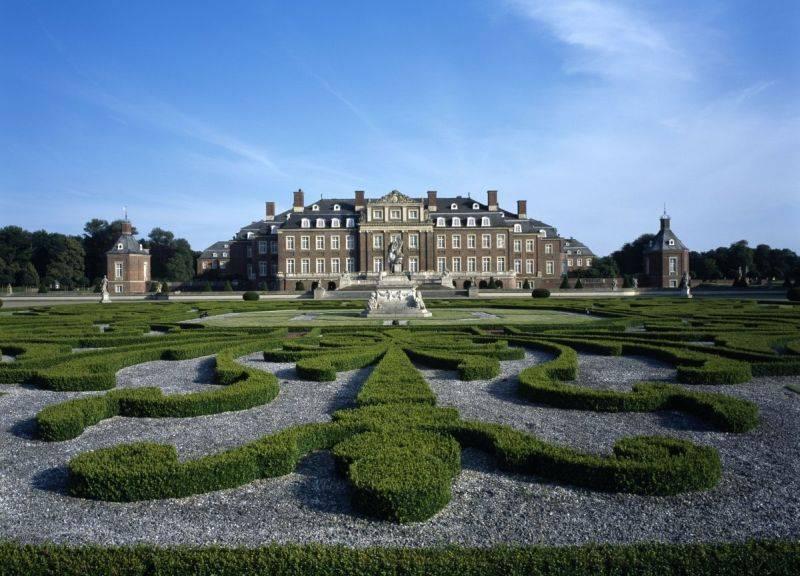
59394 Nordkirchen
Distance: 0.02 km
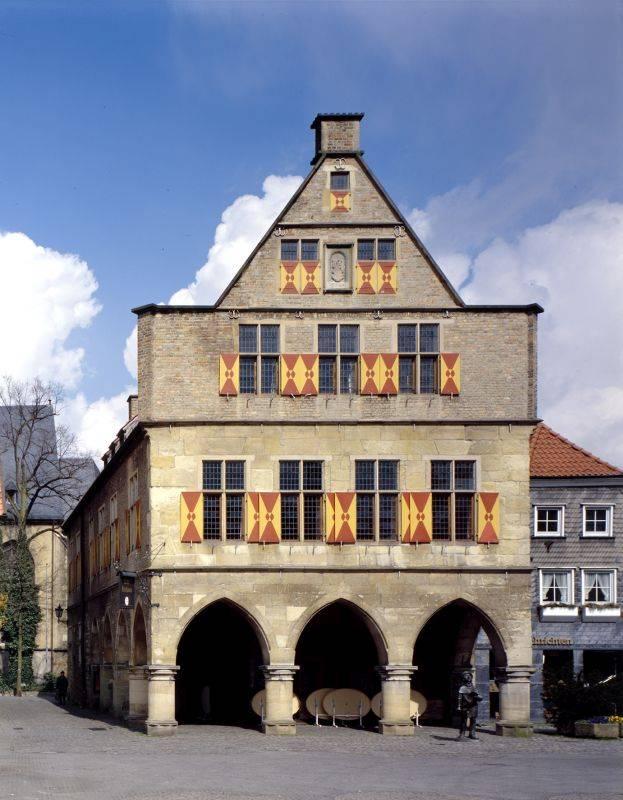
59368 Werne
Distance: 10.41 km
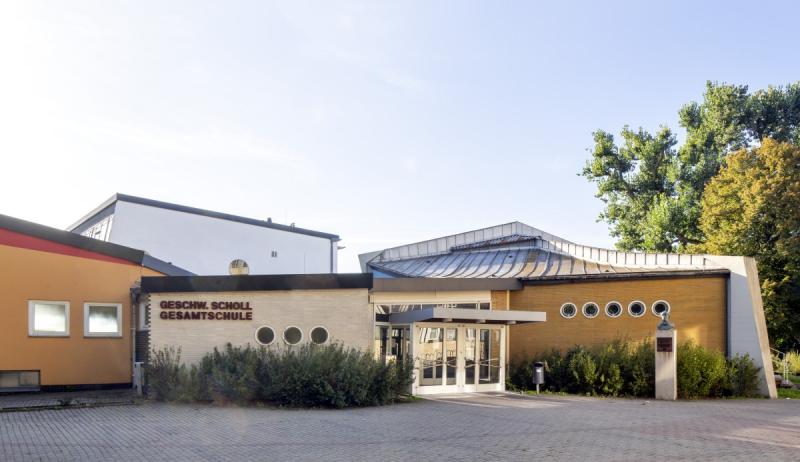
44532 Lünen
Distance: 13.64 km
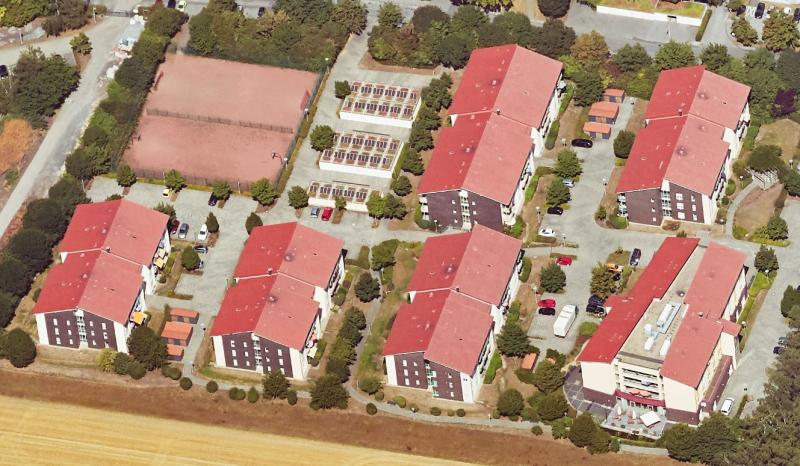
44532 Lünen
Distance: 14.32 km
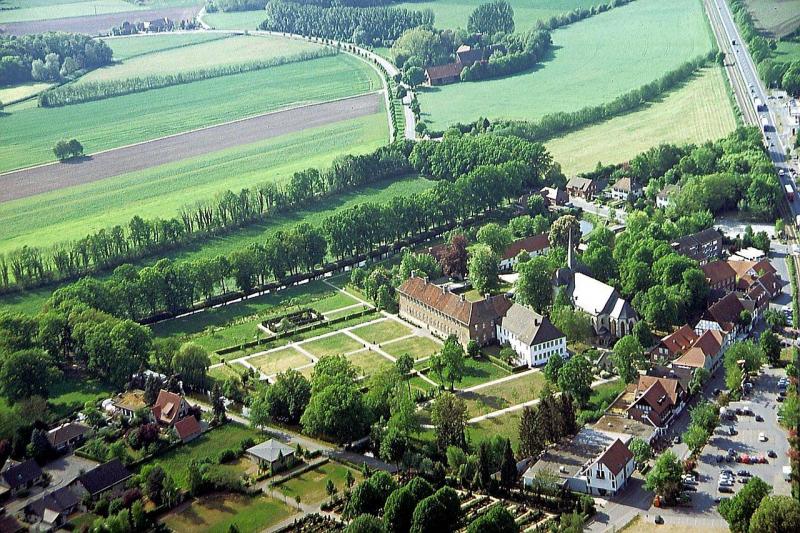
33442 Herzebrock-Clarholz
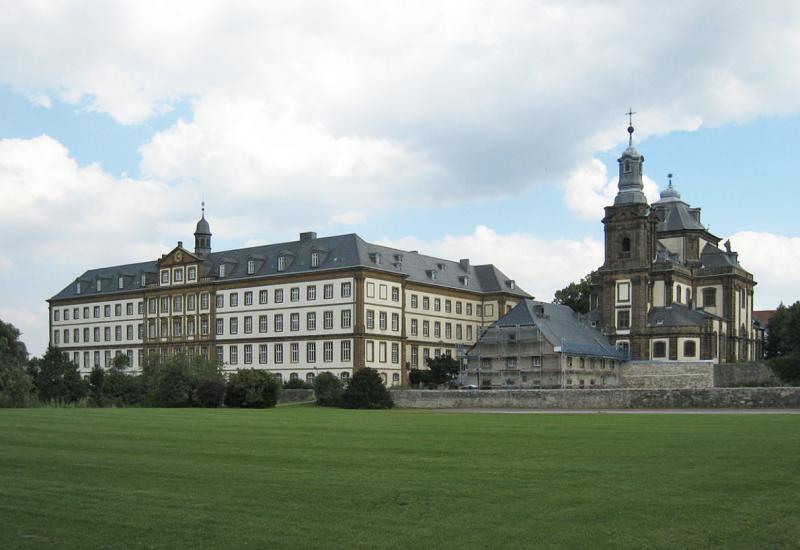
33142 Büren
The moated castle of Nordkirchen and its grounds are considered to be the most important manorial building from the baroque period in Westphalia. Not without reason the ensemble from the early 18th century is also known as the "Westphalia Versailles".
Not only the magnificent park, but also the castle itself where created according to the plans of the Westphalian baroque master builder Johann Conrad Schlaun. The gardens surrounding the castle and the "Oranienburg" were once amongst the most beautiful in Europe.
Famous personalities in European garden design have contributed towards the development of the park over the course of history. In accordance with the spirit of the 19th century, Maximilian Friedrich Weyhe redesigned individual areas along the lines of the English landscape garden. The French garden architect Achille Duchene on the other hand was entrusted with the task of partial reconversion to the baroque style in the early 20th century.
The impressive former splendour can still be seen on Venus Island on the northern side of the castle with its lawn and broderie parterres, shaped shrubs and sculptures. The other former stately gardens, such as the magnificent western garden, only remain in the form of their basic baroque structures with avenues, axes, park architectures and sculptures. These are witness to the magnificent heyday of the estate.
More at: European Garden Heritage Network (eghn.org)
Author: European Garden Heritage Network
Last changed on 03.03.2008
Categories:
Landscape Architecture » Parks